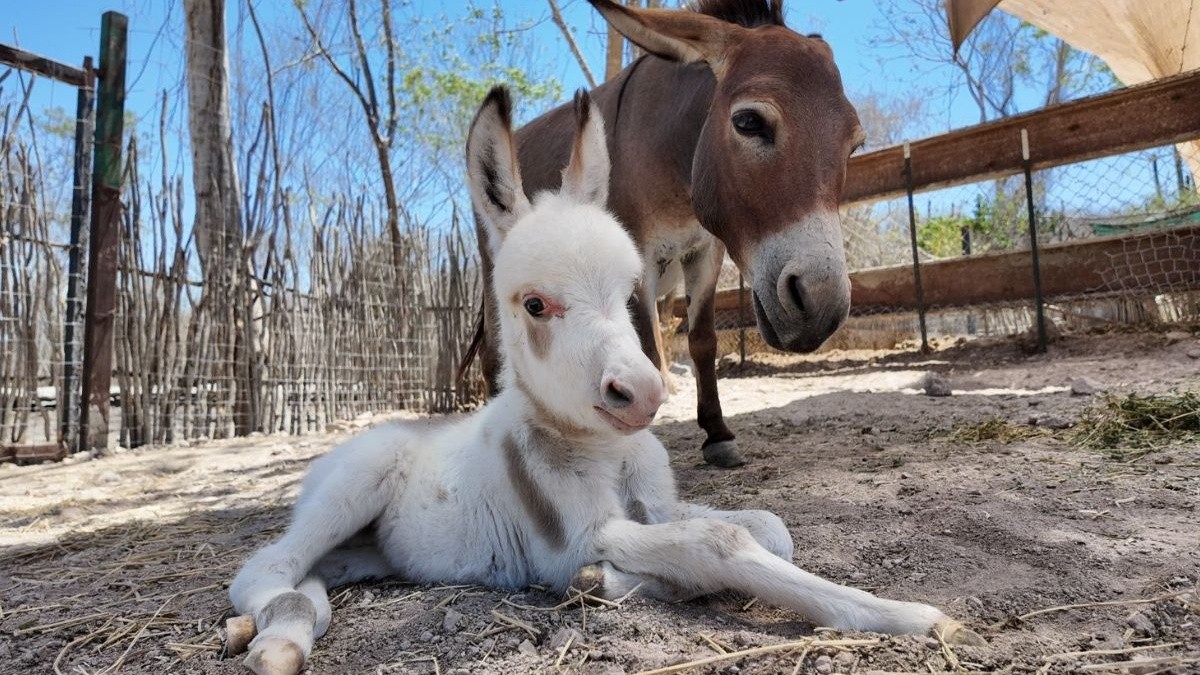Heartfelt Connections: 20 Animals That Show Remarkable Human-Like Empathy

Empathy. It's that profound ability to not just recognize, but truly feel and share the emotions of another. For a long time, scientists largely confined this complex psychological trait to the realm of humans. But as our observational tools sharpen and our understanding of animal cognition expands, a different, more compassionate picture of the animal kingdom is emerging. It turns out, many of our non-human counterparts are remarkably empathetic, displaying behaviors that mirror our own acts of solace, protection, and understanding.
"The more we study animal behavior, the more we realize that complex emotions and social bonds are not exclusive to our species," explains Dr. Lena Karlsson, an ethologist specializing in animal behavior. "What we're seeing across a wide range of animals are clear signs of what we would call empathy – actions that demonstrate an awareness of another's distress and an attempt to alleviate it."
These acts of kindness, whether within species or across different ones, challenge our anthropocentric views and deepen our appreciation for the rich emotional lives of animals. Here are 20 animals that show remarkable human-like empathy, showcasing the universal language of compassion:
1. Elephants:
Empathy in Action: Known for their deep social bonds, elephants will offer comfort to distressed herd members, touching them with their trunks, making soothing rumbles, and even guarding injured individuals. They display behaviors akin to mourning over deceased loved ones, lingering at their remains.
2. Chimpanzees:
Empathy in Action: Our closest living relatives frequently show consolation behavior. If one chimp loses a fight or is distressed, others will approach, embrace, and groom them, attempting to alleviate their pain. They also exhibit perspective-taking, understanding another's needs.
3. Bonobos:
Empathy in Action: Even more peaceful than chimps, bonobos are renowned for their high levels of empathy, often sharing food voluntarily and engaging in reconciliation behaviors after conflicts. They seem to derive pleasure from alleviating another's distress.
4. Dolphins:
Empathy in Action: Dolphins have been observed supporting injured or sick pod members, helping them to the surface to breathe. There are also numerous accounts of dolphins assisting humans in distress at sea.
5. Dogs:
Empathy in Action: Our canine companions are famous for their ability to sense human emotions. Dogs will comfort crying owners, lay their heads on sick family members, and show distress when their human companions are upset. Their emotional attunement is undeniable.
6. Cats:
Empathy in Action: While sometimes seen as aloof, cats often comfort their owners when they are sad or ill, purring and rubbing against them. They also show concern for other distressed animals in their household.
7. Gorillas:
Empathy in Action: Gorillas demonstrate strong social bonds and protective instincts. They will often intervene to protect younger or weaker individuals from aggression within their group.
8. Wolves:
Empathy in Action: Highly social, wolves depend on pack cohesion. They show concern for injured pack members, sharing food and providing protection.
9. Rats:
Empathy in Action: Surprisingly, studies have shown that rats will consistently choose to help a trapped cage-mate over receiving a treat, even going out of their way to open a complex door to free them. They also appear to "catch" fear from other rats.
10. Birds (e.g., Crows, Jays):
Empathy in Action: Some corvids have been observed reacting to the death of conspecifics, gathering around and sometimes even bringing "gifts" (like twigs) to the deceased, hinting at complex social understanding.
11. Horses:
Empathy in Action: Horses are highly attuned to human emotions and have been observed comforting distressed humans by nuzzling or leaning into them. They also show clear social bonds and mutual care within their herds.
12. Pigs:
Empathy in Action: Pigs are intelligent and social. They show distress when witnessing negative events befalling other pigs and will remember and comfort those who are upset.
13. Orcas (Killer Whales):
Empathy in Action: Orcas live in complex social groups and display cooperative behaviors, including supporting injured pod members. They have been observed assisting other marine animals, though some interactions remain complex.
14. Baboons:
Empathy in Action: These primates show consolation behaviors similar to chimps, comforting individuals who have been involved in conflicts or are otherwise stressed.
15. Prairie Dogs:
Empathy in Action: These highly social rodents will help members of their colony who are sick or injured, sharing food and providing protection.
16. Cows:
Empathy in Action: Cows form strong bonds and will show distress when their calves are removed. They also comfort other cows in distress, sometimes by licking or touching.
17. Chickens:
Empathy in Action: Mother hens show clear empathetic responses to their chicks' distress. When chicks are exposed to a mild stressor, the mother hen's heart rate increases, and she clucks reassuringly.
18. Seals:
Empathy in Action: While solitary for much of their lives, seals have been documented performing altruistic rescues of other seals or even humans from predators, sometimes at great risk to themselves.
19. Meerkats:
Empathy in Action: These highly cooperative animals will care for sick or injured group members, bringing them food and standing guard, ensuring their survival even when they can't forage for themselves.
20. Beluga Whales:
Empathy in Action: Belugas are very social and have been observed carrying sick or deceased young for extended periods, indicating strong bonds and a form of grief or deep concern for their loved ones.
These examples are just the tip of the iceberg, constantly growing as scientists delve deeper into the emotional lives of animals. They remind us that empathy, in its various forms, is a thread that runs through the tapestry of life on Earth, inviting us to foster greater respect and understanding for the complex beings with whom we share our planet.
Post a Comment